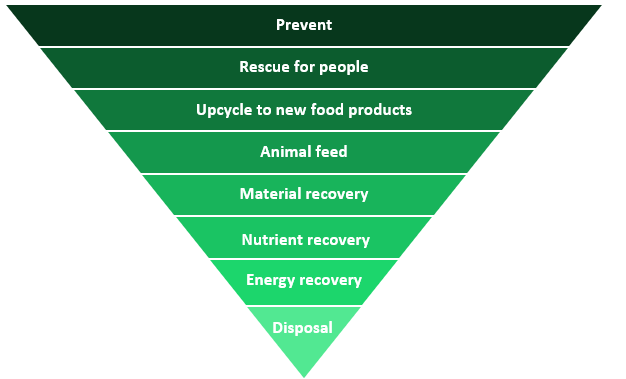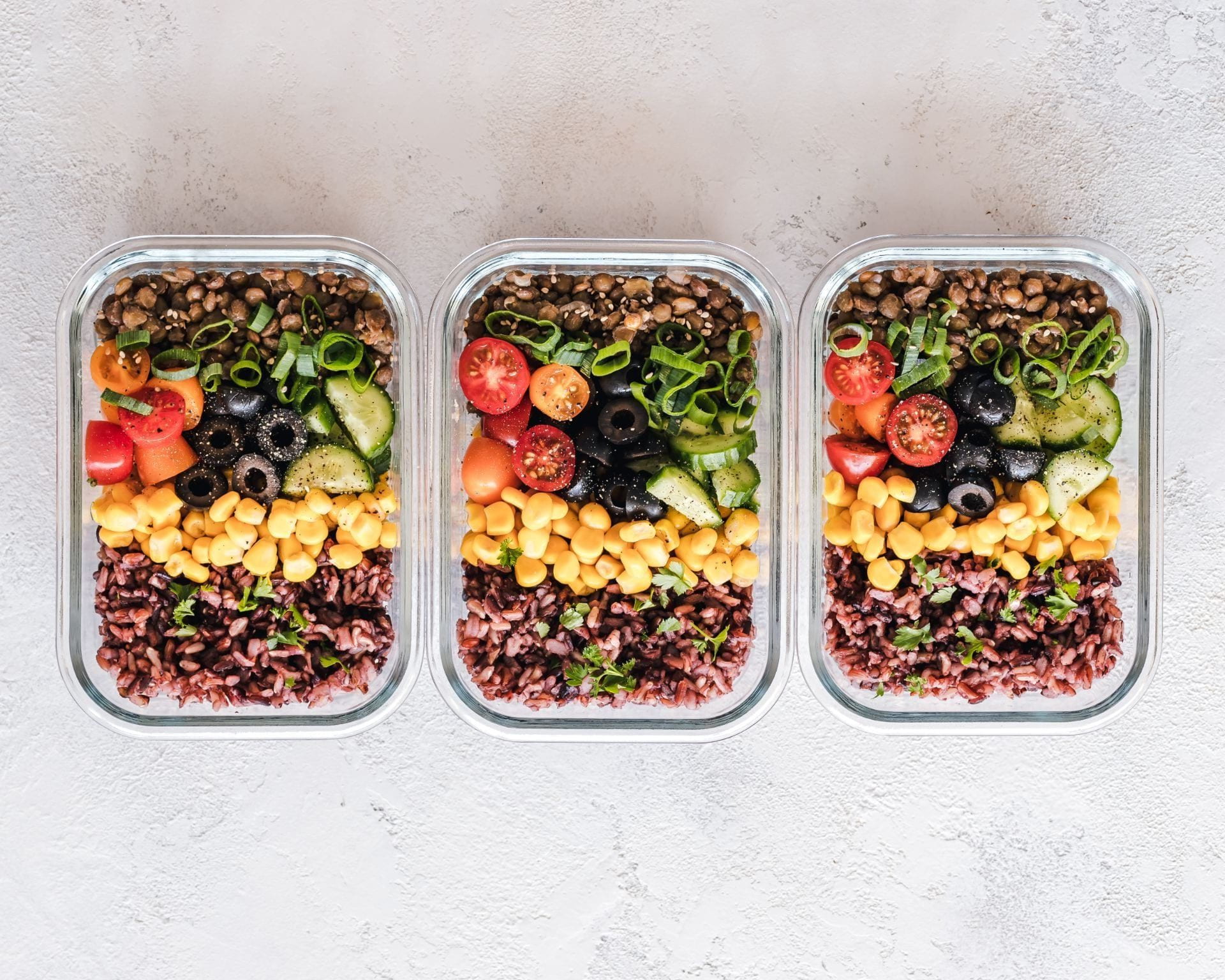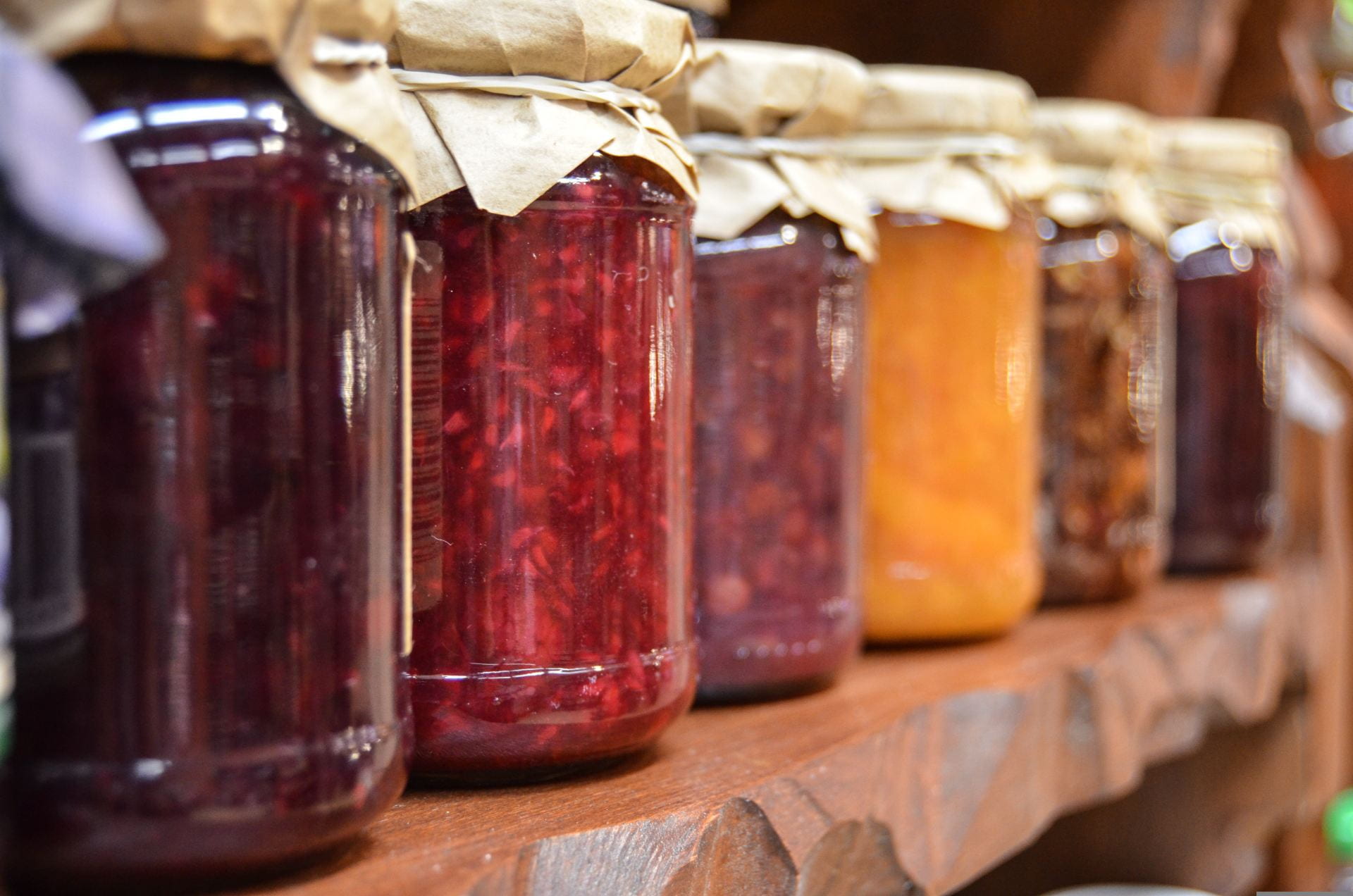The food recovery hierarchy: prevention is better than cure
This web resource focuses on ways that unprevented food waste can be kept out of landfills and given a second life.
But before we dive into the details, it’s important to understand where these solutions fit in the bigger picture of solving our food waste problem – which all starts with prevention.
A widely used framework for combatting food waste is the food recovery hierarchy. This framework prioritises food waste solutions to achieve the most environmental and social benefit. There are several variations of this hierarchy, including a simplified version used by the Ministry for Environment. The one we are using in the OPMCSA food waste project is pictured below.

The food recovery hierarchy being used in the OPMCSA food waste series, adapted from Teigiserova et al. and Moshtaghia et al. Key terms in the food recovery hierarchy are defined in the glossary.
The priority action is to prevent food waste in the first place. Based on 2020 figures, 4% of New Zealand’s greenhouse gas emissions come directly from waste (including food waste) while 50% come from the agricultural sector. Preventing food waste across all parts of the supply chain is a more effective way to mitigate climate change than simply managing wasted food at the end of its life, because this prevents unnecessary agricultural emissions and waste emissions simultaneously.

For households, food waste prevention can be achieved through a range of activities like planning shopping trips and meals, cooking the right amount of food, eating leftovers, and storing food correctly. The whole household can contribute to reducing food waste, no matter what shape your household takes.
Love Food Hate Waste has lots of resources to help households prevent food waste, and the Ministry for the Environment has dedicated funding for food waste prevention initiatives in the coming years, including funding for household-focused programmes, business programmes, and programmes in Māori-led settings.
Not all food waste is readily preventable. For edible food or components of food, food rescue and upcycling to new food products, such as jam, keep food in the human food supply chain. Meanwhile, food or food components that are inedible to humans can be used as animal feed, or materials, nutrients, and energy can be recovered from them.
To learn more about frameworks for combatting food waste, take a look at our first report on food waste, Food waste: A global and local problem. You can also head to our quick explainer of the circular economy in the context of food waste.

Date released: 29 March 2023
Last updated: 29 March 2023
